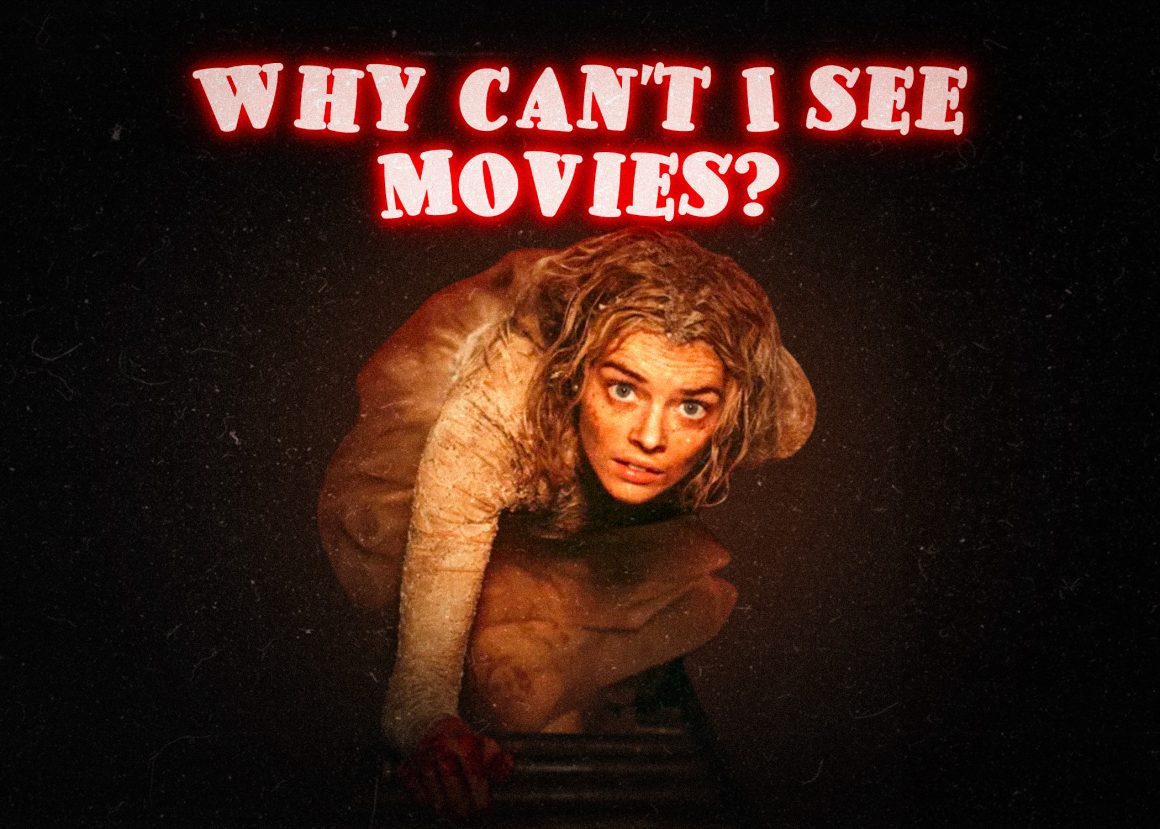
Why can’t I see movies these days?
By Sheroog Kubur, September 1 2023—
Ready or Not (2019) was a campy, silly horror film. It involved the newly-wed Grace Le Domas (Samara Weaving) running from her in-laws in the most violent game of hide and seek ever played. But, while watching the movie, I was struck by one thing in particular — how dark it was. Not in subject matter, but in lighting. There were moments in the film where I simply could not see Grace trying to escape or the family members attempting to hunt her down.
This isn’t a sign of your eyes getting worse or you’re becoming colour-blind. Movies have been getting darker, literally. Some films require intense concentration to see the characters on screen because what’s on your screen can easily become a collection of shadowy shapes. This is the result of a new lighting trend in film, a natural light compared to the hyper-lit style of the 2000s. Back in the day, films used to forego realism in lighting for a film that was constantly lit all the time, regardless of whether the lighting made sense. A clear depiction of this is in the 1996 film Scream — Sidney hugs her boyfriend Billy in front of a window in her room. When the camera shows Sidney, she is well-lit by the warm glow of the lamp behind Billy, but when the camera shows Billy, he is lit by an icy blue that doesn’t seem to come anywhere. Creatively, it’s a hint to the audience that Billy isn’t quite who he seems, but practically it makes the film feel more like a staged series of events.
These days, filmmakers opt to prioritize practical light sources. In Ready or Not, if a character was sneaking around the forest, it was dark because there wouldn’t be a logical light source. The audience can’t see Grace binding a wound because she herself can barely see. It adds a layer of realism to films by opting into these practical light sources — the viewer is immersed in the situation with the characters on screen. It gives films a more human quality in that regard, regardless of how fantastical the story may seem.
But, if viewers remark about the visual darkness of the film, is that viewer still immersed? At what point is it better for viewers to lament about how difficult it was to see the film compared to complaining about why everything was so bright? It seems more like it becomes a different way of breaking immersion for film rather than a commitment to making movies feel more realistic.
A way to alleviate the issue is to see the films in the cinema — to sit in a room darker than what’s on screen and truly be immersed in the narrative. It’s no secret that streaming a film at home through a laptop or TV will deliver a completely different viewing experience compared to watching it in theatres, but maybe the solution is to see a movie the way it’s meant to be seen.
This solution doesn’t work for the plethora of movies these days forfeiting the theatrical release for the streaming premiere. More and more movies are being released purely on streaming services, and while that isn’t any fault of the filmmaker, it’s much harder to have the cinema experience with a film when that was never an option. As studios push more films out of theatres, how are we supposed to appreciate the gritty realism of a film when the average television isn’t made for cinema quality?
As with all trends, it is not a one-size-fits-all approach to filmmaking. While, as an audience, we can appreciate the artistry that went into the lighting designs and the intentions behind them, trends mean that they are applied to a good majority of films regardless of their narrative contribution. It doesn’t look like this trend is dying anytime soon, so in the meantime, it might be worthwhile to watch more movies that take place during the daytime.
This article is a part of our Opinions section and does not necessarily reflect the views of the Gauntlet editorial board.
